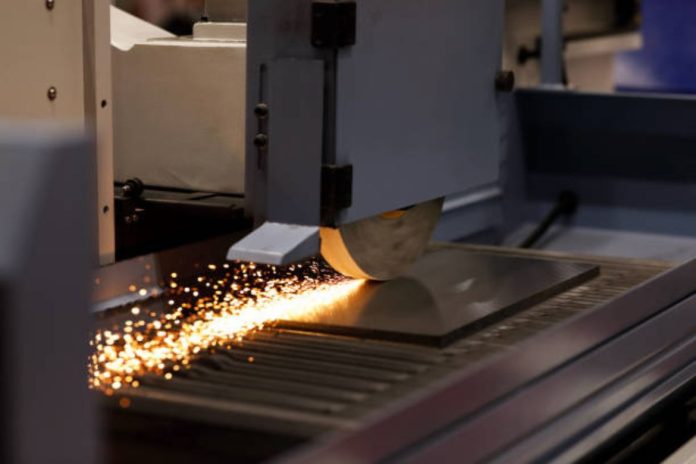In the world of precision machining, selecting the right grinding technique is crucial for achieving the desired surface finish and dimensional accuracy. Among the various grinding methods available, surface grinding stands out due to its unique advantages. This article will explore the pros and cons of using a surface grinder compared to other grinding techniques, with a focus on the benefits of achieving a perfect grinding machine surface.
What is Surface Grinding?
Surface grinding involves the use of a rotating abrasive wheel to remove material from a workpiece, creating a smooth, flat surface. It is typically employed for finishing flat surfaces and is known for its ability to produce high-precision and high-quality finishes.
Advantages of Surface Grinding
- Precision and AccuracyOne of the most significant advantages of surface grinding is its precision. Surface grinders can achieve tolerances as tight as a few micrometres, making them ideal for applications requiring exact dimensions and surface finishes. This level of accuracy is often unattainable with other grinding methods.
- Superior Surface FinishSurface grinding machines are designed to produce an exceptionally smooth and even grinding machine surface. The abrasive wheel used in surface grinding can create a fine finish that is free of any visible marks or imperfections, making it suitable for components that require a flawless appearance.
- VersatilitySurface grinders are highly versatile and can handle a wide range of materials, including metals, ceramics, and composites. This versatility makes them invaluable in various industries, from automotive to aerospace, where different materials often need precise finishing.
- Efficiency in Material RemovalSurface grinding is efficient in removing material from workpieces quickly and accurately. This efficiency is particularly beneficial in high-volume production environments, where time and precision are critical factors.
Comparing to Other Grinding Techniques
While surface grinding offers numerous benefits, it is essential to understand how it compares to other grinding methods, such as cylindrical grinding, centreless grinding, and belt grinding.
- Cylindrical GrindingCylindrical grinding is ideal for grinding round objects, such as shafts and rods, to precise dimensions. However, it cannot match the flatness and smoothness of the grinding machine surface produced by a surface grinder.
- Centreless GrindingCentreless grinding excels in the rapid production of small cylindrical parts. Despite its speed and efficiency, it lacks the ability to produce the detailed and precise flat surfaces that surface grinding can achieve.
- Belt GrindingBelt grinding is effective for large-scale material removal and surface preparation. However, it cannot deliver the same level of precision and fine finish as surface grinding.
Conclusion
Surface grinding stands out among other grinding techniques due to its unparalleled precision, superior surface finish, and versatility. While other methods have their unique advantages, the ability to produce a perfect grinding machine surface makes surface grinding indispensable in industries requiring meticulous attention to detail and high-quality finishes. Whether for high-volume production or intricate components, surface grinding remains a cornerstone of precision machining.








